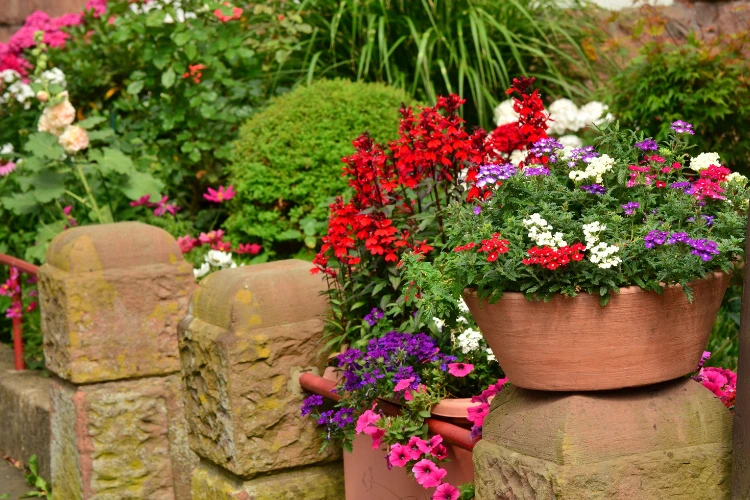
Surprising Benefits of Flowering Plants for Your Health and Environment
Learn about the impressive advantages of flowering plants and how they can enhance your space.
Flowering plants have been around for millions of years, and they play a vital role in the planet’s ecosystem. Not only do they provide a stunning display of colors and fragrances, but they also have numerous benefits for both humans and animals. In this article, we will discuss the top benefits of flowering plants and the importance they hold in our lives.
There are two types of seed plants.
- Angiosperms
- Gymnosperms
The difference between Angiosperms and Gymnosperms is that angiosperms plants are all plants with flowers and fruits whose seeds are enclosed within an ovary while gymnosperms plants are non-flowering plants whit uncovered seeds.
Flowering plants are angiosperm plants and have more than 300,000 known species.
Also Read: Types Of Flowering Plants
Flowers are a basic unit of nature. These are primary source of feed for insects birds animals as well as humans.
Flowering plants provide natural medicines. No doubt without flowers, the world may be green, but it will be a dull place.
Improved Air Quality
One of the most well-known benefits of plants is their ability to improve indoor air quality. Flowering plants can absorb harmful pollutants and release oxygen into the air, making the air in your home or workplace cleaner and healthier. Some plants, such as the spider plant and peace lily, are particularly effective at removing toxins like formaldehyde and benzene from the air.
Reproductive Aid
Flowering plants, also known as angiosperms, have evolved a highly efficient reproductive system that provides numerous benefits to both the plants and the ecosystem.
Their primary mode of reproduction is sexual reproduction, which involves the production of seeds that contain the embryo of the next generation.
This system provides several reproductive benefits, including genetic diversity, adaptation to changing environmental conditions, and increased reproductive success.
One of the main reproductive benefits of flowering plants is the production of genetically diverse offspring. Through sexual reproduction, flowering plants produce seeds that contain a combination of genetic material from both parents.
This genetic diversity allows the offspring to adapt to a wide range of environmental conditions, increasing their chances of survival and reproductive success. Moreover, genetic diversity helps to maintain the health and resilience of the overall plant population, reducing the risk of inbreeding and genetic disorders.
Flowering plants also use flowers to attract pollinators, such as bees, butterflies, and birds, which help in the transfer of pollen from one flower to another. This cross-pollination helps to increase genetic diversity within the plant population, as it allows for the mixing of genetic material between different plants.
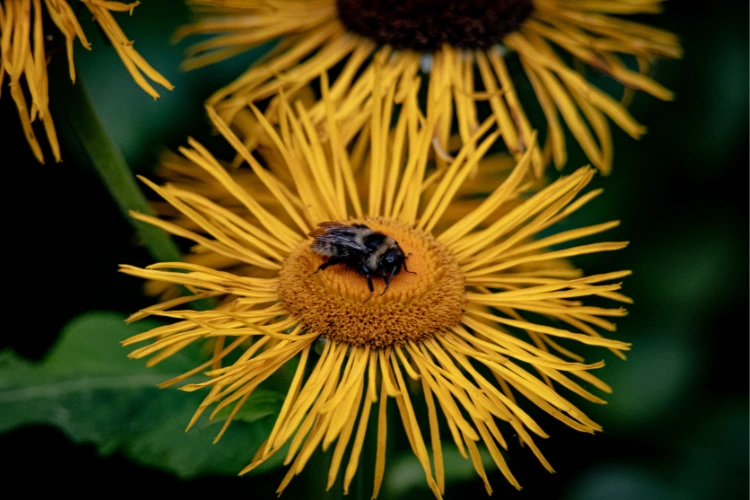
Cross-pollination also enhances the overall reproductive success of the plant, as it increases the chances that the pollen will reach receptive female parts of the flower, leading to successful fertilization and seed production.
Finally, flowering plants have developed various mechanisms to prevent self-fertilization, which can lead to a reduction in genetic diversity. Some plants have separate male and female flowers on different parts of the plant, while others have chemical barriers that prevent the pollen from germinating on the same plant.
These mechanisms ensure that the pollen from one plant is transferred to another plant, increasing the overall genetic diversity of the population and enhancing the plant’s ability to adapt to changing environmental conditions.
In conclusion, the reproductive benefits of flowering plants are essential to their survival and the overall health of the ecosystem. Through sexual reproduction, genetic diversity, and cross-pollination, flowering plants can produce offspring that are better adapted to changing environmental conditions and have a higher reproductive success rate.
The mechanisms they have developed to prevent self-fertilization further enhance their ability to maintain genetic diversity and ensure the health and resilience of the plant population.
Improve Mental Health
Flowers have been found to have a positive effect on mental health, improving mood, reducing stress, and increasing feelings of happiness and well-being.
One study found that patients who received flowers in a hospital setting reported a significant reduction in their pain and anxiety levels compared to those who did not receive flowers (1).
Another study found that exposure to natural elements such as flowers can increase positive emotions and reduce negative emotions, leading to an overall improvement in mental health (2).
The reason why flowers have such a positive effect on mental health is believed to be due to their visual and olfactory properties. The sight of colorful and vibrant flowers can trigger positive emotions and memories, while the fragrance of flowers can have a calming and soothing effect on the mind.

Additionally, caring for flowers and plants can also have a positive impact on mental health, as it provides a sense of purpose and responsibility. A study conducted by the University of Exeter found that gardening can improve mood and reduce symptoms of depression (3).
In conclusion, flowers have a significant positive impact on mental health, providing benefits such as stress reduction, increased happiness, and improved well-being. By incorporating flowers and plants into our daily lives, we can enjoy the many mental health benefits they provide.
- Park, S. Y., & Mattson, R. H. (2009). Therapeutic influence of plants in hospital rooms on surgical recovery.
- Berman, M. G., Jonides, J., & Kaplan, S. (2008). The cognitive benefits of interacting with nature.
- Soga, M., & Gaston, K. J. (2016). Gardening is beneficial for health: A meta-analysis. Preventive medicine reports.
Reduce Stress And Boost Our Brain
In today’s fast-paced world, filled with constant stressors and distractions, finding ways to relax and unwind is more important than ever.
One powerful tool that can help reduce stress and improve our overall well-being is flowers. Not only do they brighten up our living spaces, but they also have a profound impact on our mental and emotional health.
The Science Behind Flowers and Stress Reduction
Research has shown that being around flowers can have a calming effect on the mind and body. The sight and scent of flowers can trigger the release of “happy hormones” like serotonin and dopamine, which help reduce stress and improve our mood.
In fact, a study conducted at Rutgers University found that the presence of flowers in the home can lead to a significant decrease in feelings of anxiety and stress.
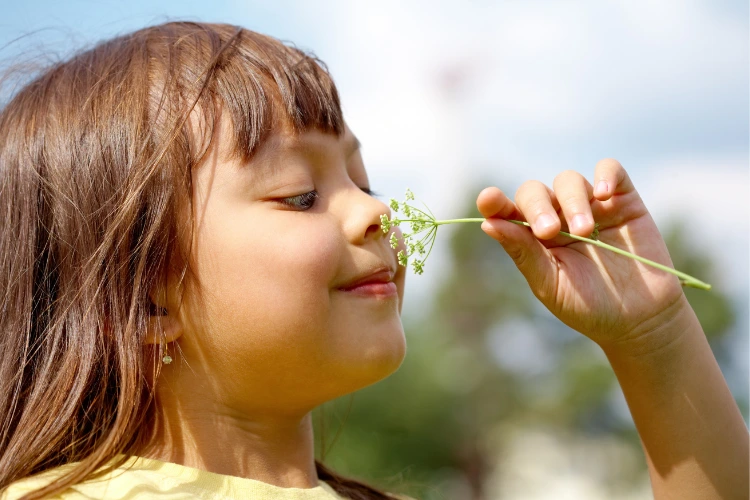
Best Flowers for Stress Relief:
If you’re looking to incorporate more flowers into your life to reduce stress, there are several varieties that are known for their calming properties. Lavender, known for its soothing scent, is a popular choice for stress relief. Roses, with their elegant beauty, can also help promote relaxation and tranquility. Other flowers that are great for stress relief include chamomile, jasmine, and lilies.
Incorporating Flowers into Your Daily Life:
There are many ways to incorporate flowers into your daily routine to reap the benefits of their stress-relieving properties. Consider adding fresh flowers to your home or office space, creating a calming environment that promotes relaxation. You can also try aromatherapy with floral essential oils, or even plant a flower garden to enjoy the beauty of flowers every day.
Nectar For Birds & Insects
The daily life of many insects, bees, wasps, tiny ants as well as butterflies relies on the nectar of flowering plants. These creatures are known as the pollinators because they are the primary source of pollination by which several new flowering plants grow.
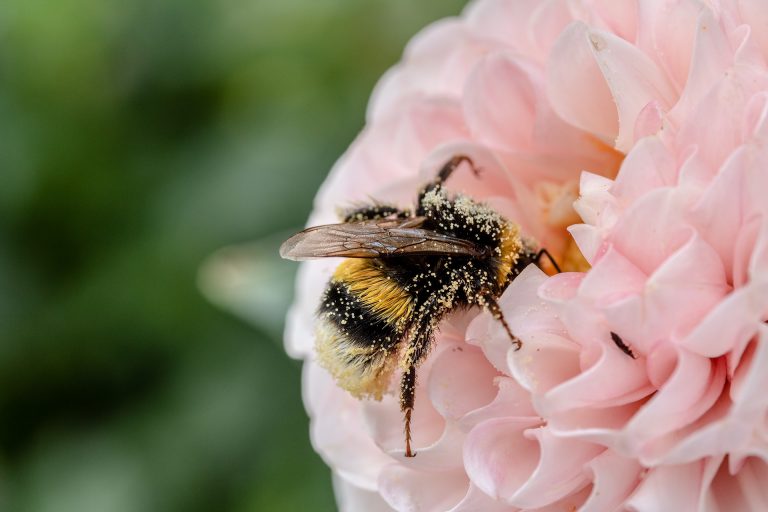
A few names of flowers such as organ pipe and agave are the feeding source for the birds, and some plants open only at night, it means they released their nectar and pollen at night. These plants are beneficial for the bats.
Food Source For Humans & Animals
In the animal kingdom biggest flower predators are deer and rabbits. The flowering vegetable, which is preferred to eat on priorities is Geraniums and Pansies.
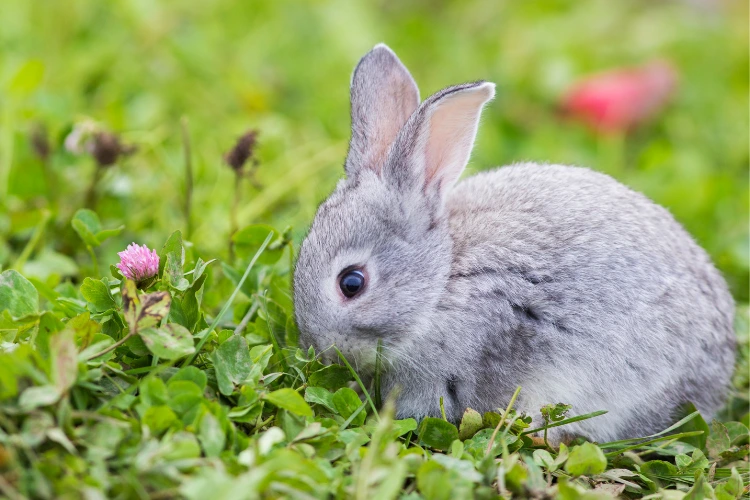
Flowering plants are also a significant source of food. All fruits are flowering plants. They are natural vitamins providers.
Also Read: What are Vitamins and their Benefits for in Human Body
Flowers Helps To Express Your Love Emotions
Flowers have always played a significant role in expressing emotions, especially love. Whether it’s a romantic gesture or a heartfelt apology, flowers have the power to convey feelings without words.
Now, we will explore the different types of flowers that help to express your love emotions.
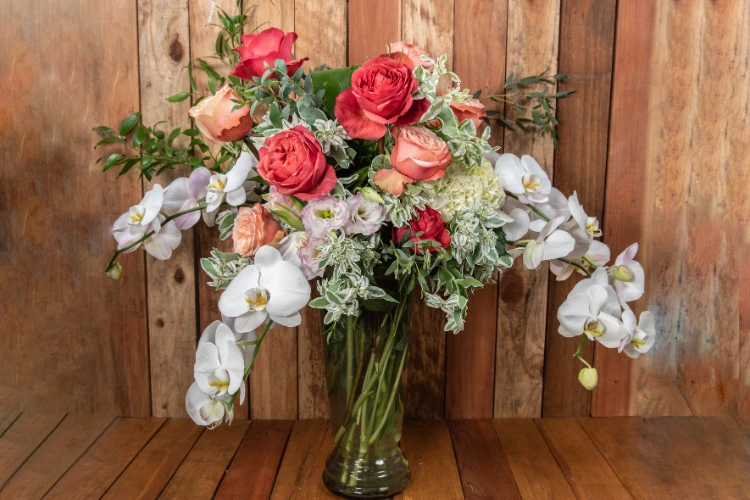
The Language of Flowers
Flowers have been used for centuries to communicate messages and emotions. This floral language, also known as floriography, was popular during the Victorian era when certain flowers were assigned specific meanings. By choosing the right flowers, you can convey your emotions in a thoughtful and meaningful way.
Flowers to Express Love
Roses: No list of flowers associated with love would be complete without roses. Known as the ultimate symbol of love, red roses are perfect for expressing romantic feelings.
Tulips: Tulips symbolize perfect love and are an ideal choice for expressing admiration and affection.
Lilies: Lilies are often associated with purity and innocence, making them a popular choice for expressing heartfelt love.
Orchids: Orchids represent love, beauty, and strength, making them a unique and elegant choice for romantic gestures.
Flowers to Convey Emotions
Carnations: Carnations come in a variety of colors, each symbolizing different emotions. Red carnations represent love and admiration, while pink carnations convey gratitude and white carnations symbolize purity.
Sunflowers: Sunflowers symbolize adoration and loyalty, making them a perfect choice for expressing deep emotions.
Daisies: Daisies represent innocence and purity, making them a great choice for conveying heartfelt emotions.
Hydrangeas: Hydrangeas are known for their abundance and heartfelt emotions, making them a beautiful choice for expressing love and gratitude.
In conclusion, flowers have a unique and powerful way of helping us express our love emotions. By choosing the right flowers, you can convey your feelings in a thoughtful and meaningful way.
Whether it’s roses for romance or sunflowers for loyalty, the language of flowers is a timeless way to communicate love and emotions. So next time you want to express your feelings, consider the power of flowers to help you convey your love emotions.
Remember, flowers speak louder than words. Let your emotions bloom with the beauty and fragrance of flowers.
